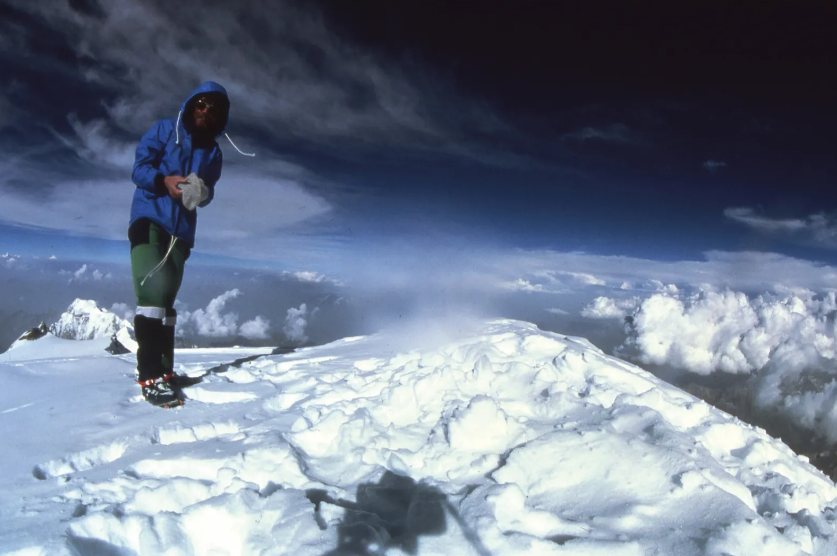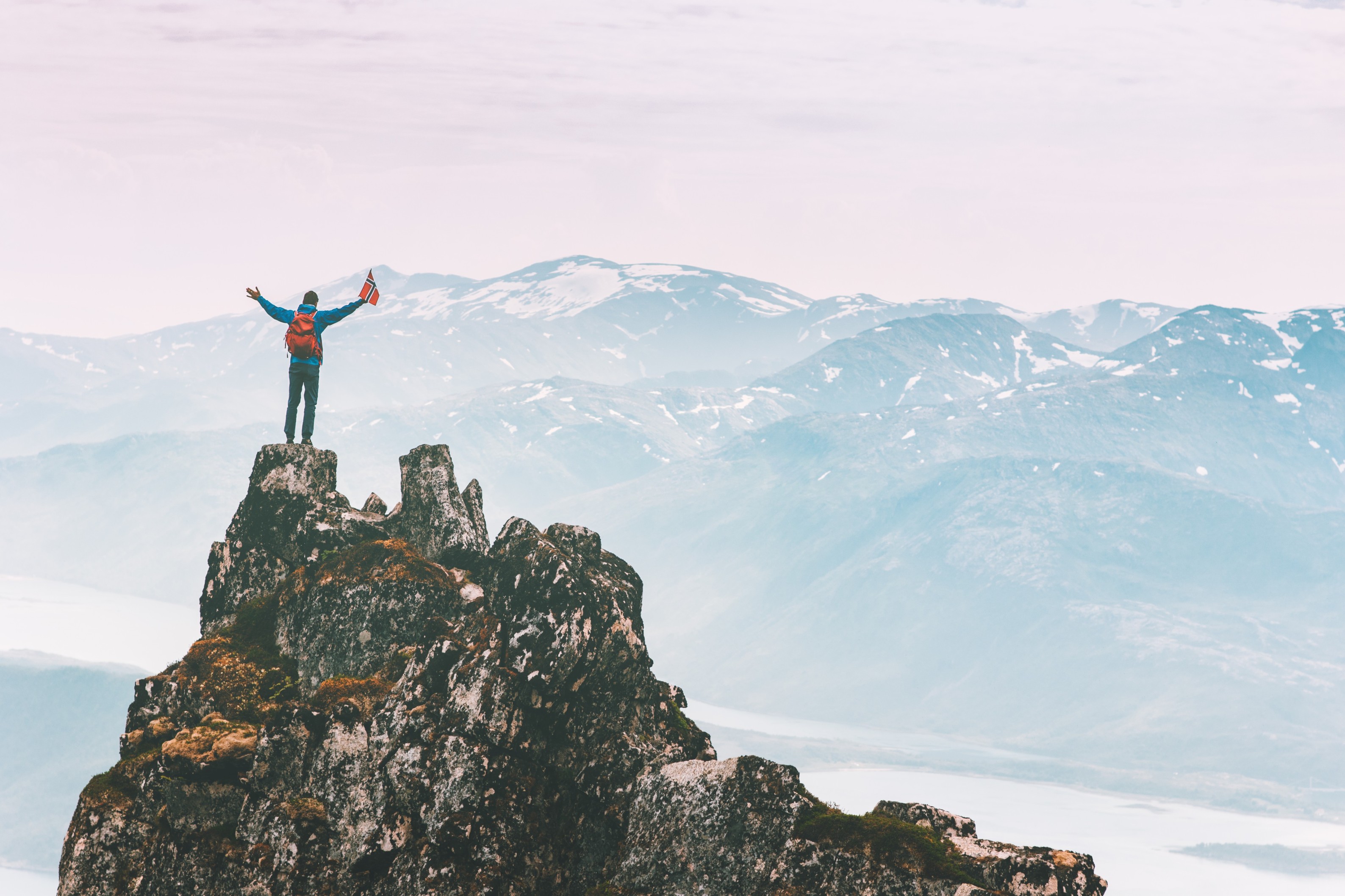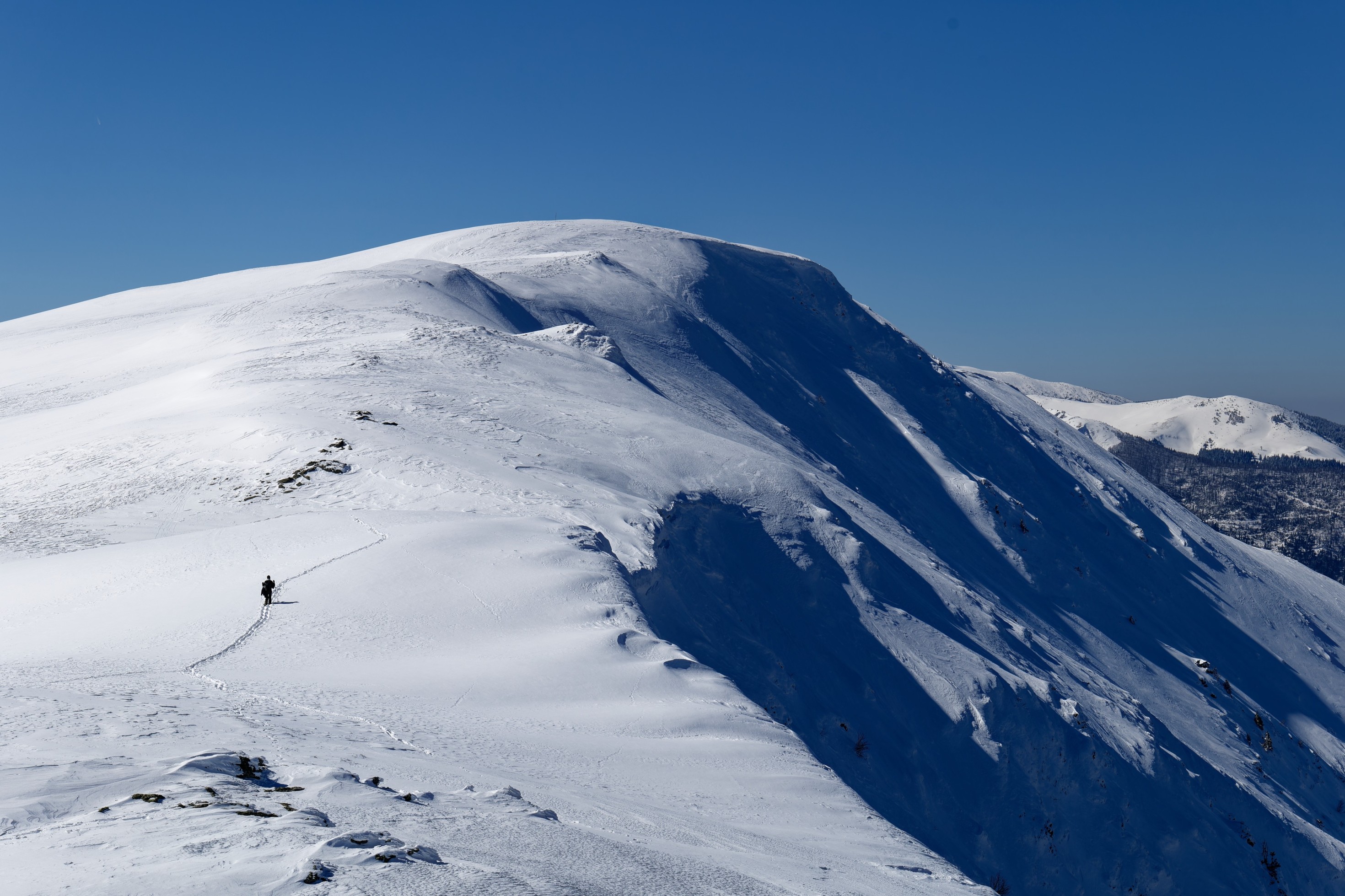Solo Redefined: The True Meaning of High-Altitude Climbing
Solo climbing has a magnetic appeal—one climber, one mountain, and no one else in sight. It’s a phrase that sparks awe, yet also raises questions: What does “solo” really mean? Is it simply climbing alone? Does it exclude ropes, partners, or any external help? For high-altitude climbers and adventurers booking expeditions, understanding the concept of solo climbing is not just intriguing—it’s essential. Let’s peel back the layers and explore what solo really means when it comes to climbing mountains above the clouds.
Whether you’re a seasoned climber or someone dreaming of their first big adventure, Expedreview connects you with expert-guided expeditions, helping you navigate the many approaches to mountaineering—including solo journeys. Top companies like Furtenbach Adventures, SummitClimb, and CTSS offer expeditions for climbers of all levels, giving you the support you need to make your dreams a reality.
What is Solo Climbing, Really?
When people hear the term “solo climbing,” they often think of rock climbers like Alex Honnold scaling sheer granite faces without ropes—a style known as free soloing. But solo climbing doesn’t always mean rope-free or limited to rock walls. In high-altitude mountaineering, the term solo shifts its meaning.
Solo climbing at altitude refers primarily to climbing alone, unsupported by teammates or a group. The physical isolation of being entirely on your own—no ropes fixed by others, no Sherpas leading the way, no tents shared at Camp 3—sets it apart as a higher-stakes challenge. There’s an unmatched purity to this style of climbing: just the climber, their skills, and the mountain.
But even within this definition, there are gray areas. Can you rely on fixed ropes already set up on a mountain? Can someone wait for you at Base Camp? These nuances raise debates in the climbing community, and understanding these subtleties reveals what makes a true solo ascent.
Keep reading: Skills You Need to Gain Before Going on a Mountaineering Trip
Free Solo and Rope Solo: Two Faces of Solo Climbing
Within the world of solo climbing, two distinct styles stand out: free solo and rope solo. Free solo climbing, made famous by climbers like Alex Honnold, involves scaling rock faces or mountains without any ropes or protection. It’s the purest and riskiest form of climbing, where a single mistake can be fatal. Free solo climbers rely solely on their skills, focus, and mental fortitude to conquer immense vertical challenges.
On the other hand, rope solo climbing offers a safety net—literally. In rope soloing, climbers ascend alone but use ropes for self-belaying, securing themselves as they progress up the route. While still demanding immense technical skill, rope soloing reduces the risks compared to free soloing, particularly on challenging terrain or longer climbs. Climbers like Jost Kobusch, who fixed ropes during his solo Everest attempts, illustrate how this style can be essential for high-altitude, self-reliant ascents.
A Glimpse into the Golden Age of Solo Climbing
Solo climbing isn’t a new phenomenon. Its roots stretch back to the early days of mountaineering, long before modern gear and support crews existed. In 1858, climber John Tyndall summited Monte Rosa in the Alps, armed with little more than a ham sandwich and some tea strapped to his back. His simple and direct approach captured the essence of solo climbing: no support, no shortcuts—just grit and self-reliance.
As climbing evolved, legendary names began to etch their feats into history. Reinhold Messner, for example, redefined what it meant to climb solo. His 1980 solo ascent of Mount Everest—without supplemental oxygen—remains one of the greatest achievements in mountaineering. Facing the monsoon winds and traversing the North Face alone, Messner embodied the ultimate solo challenge: isolation, commitment, and self-sufficiency.


What Solo Climbing Isn’t
Here’s where things get tricky. Not every climb that happens “without friends” qualifies as a solo ascent. For a climb to be truly solo, a climber must take on the mountain without external assistance from others on the route. This includes:
- No fixed ropes set by others: Relying on ropes already placed by a team disqualifies the effort as a solo climb.
- No shared camps or supplies: A true solo climber avoids using tents, oxygen, or supplies left by others.
- No one else on the route: Even if you’re climbing alone, sharing the mountain with others detracts from the purity of the experience.
For instance, climbing Mount Manaslu without a Sherpa—but using the fixed ropes placed by a commercial team—is not truly solo. Solo climbing means total self-reliance, even in the face of uncertainty.
The Risks and Rewards of Going Solo
Why do climbers willingly take on such immense risks by going solo? After all, high-altitude climbing is dangerous enough with a team. But solo climbers are a different breed—driven by a need for total independence and the ultimate test of their abilities.
- The Challenge: Solo climbing requires unmatched self-sufficiency. There’s no one to rely on for a belay, no one to share the load, and no one to help in case things go south. It demands physical fitness, technical expertise, and unwavering mental toughness.
- The Isolation: Climbing alone is profoundly isolating. The silence of the mountains, the absence of voices or footsteps, and the solitude of a summit reached without witnesses—these moments are both surreal and humbling.
- The Freedom: Solo climbing offers ultimate freedom. You move at your own pace, follow your instincts, and rely on no one but yourself. This autonomy is why many climbers pursue solo ascents, despite the dangers.
However, the risks are equally immense. Without a partner to check for signs of altitude sickness, share supplies, or aid in an emergency, solo climbers face a fine line between triumph and disaster.


The Challenges of Solo Climbing at 8,000 Meters
At high altitudes—like the towering peaks of the Himalayas or the Karakoram—solo climbing becomes exponentially more difficult. Climbers face unique challenges that push the boundaries of their endurance and preparation:
- Unpredictable Weather: Storms at high altitudes can roll in with little warning, turning a manageable climb into a life-threatening ordeal.
- Thin Air: With less oxygen at extreme altitudes, climbers must conserve their energy carefully while maintaining their focus.
- Mental Fatigue: The solitude and constant decision-making wear on even the toughest climbers.
- Route-Finding: Without teammates, solo climbers must navigate crevasses, icefalls, and technical sections entirely on their own.
Yet for many, this is exactly the point. Solo climbing isn’t about ease—it’s about testing the limits of what’s possible.
Keep reading : How the Body Copes Above 8,000 Meters
Solo Doesn’t Always Mean Unsupported
It’s important to note that solo climbing doesn’t always mean climbing in alpine style (no fixed ropes, no resupplies, no support). Some solo climbers fix their own ropes or carry supplies to higher camps ahead of time. For example, Jost Kobusch fixed a few ropes during his solo winter attempts on Everest’s West Ridge—but he climbed alone, relying on no one else.
These climbs still carry the spirit of a solo ascent: personal commitment, isolation, and independence.
Is Solo Climbing for Everyone?
Solo climbing is not for the faint of heart, and it’s certainly not for beginners. It’s a style that demands experience, preparation, and an intimate understanding of one’s limits. If you’re a climber looking to challenge yourself, solo ascents can be life-changing—but they come with immense responsibility.
If you’re considering a solo climb, Expedreview is here to help you plan responsibly. With expert advice, reviews, and access to experienced guides, you can find the right expedition to match your goals—whether you’re climbing solo, with a team, or exploring a mix of both styles.


At its core, solo climbing is about commitment—a climber’s unshakable resolve to face the mountain alone. It’s not about avoiding ropes or running faster; it’s about carrying the full weight of the journey on your shoulders.
If you’re ready to take on your next great challenge—whether solo or with a team—Expedreview is your gateway to the best-guided expeditions around the world. Plan your dream climb, compare options, and step into the adventure of a lifetime.